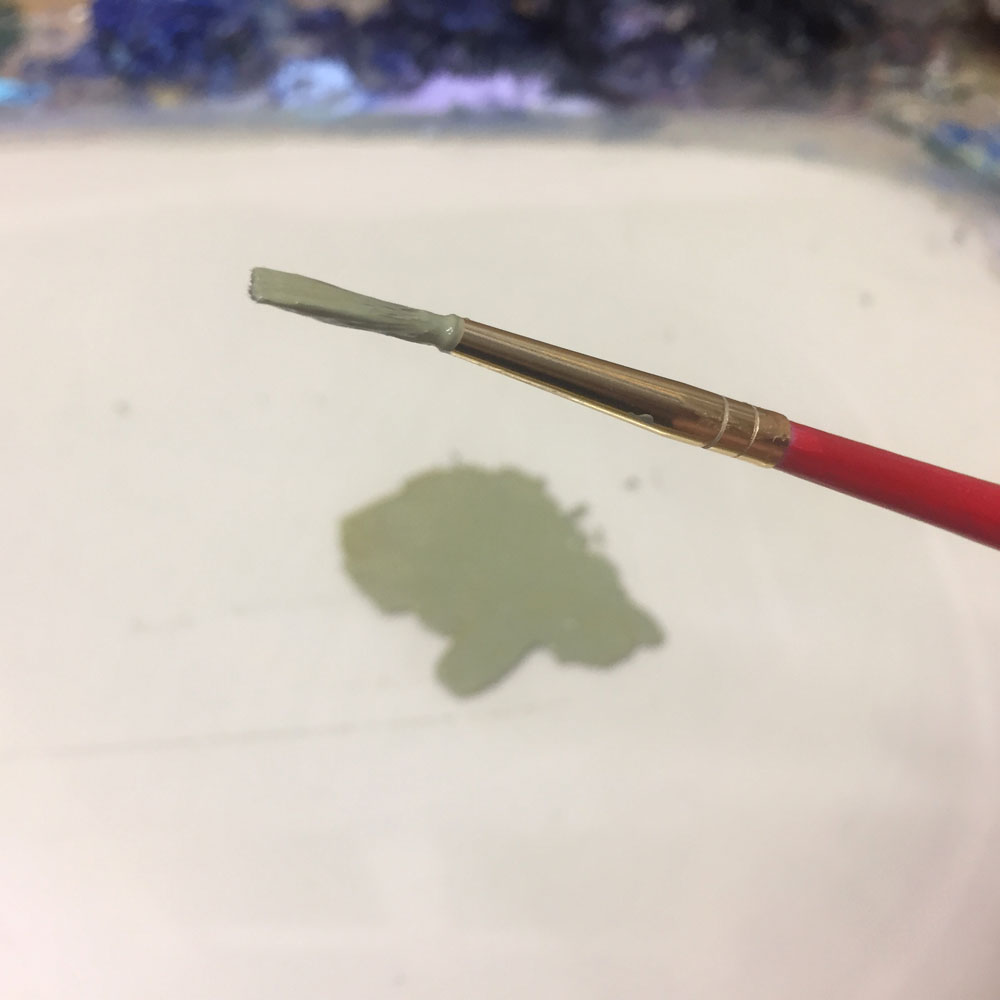
Whether it be a drawing, painting, sculpture, etching, print, traditional, contemporary, abstract, representational, modern, historic, you name it, it most likely has some kind of signature. It’s, of course, part of how we know who produced the work.
4. The lower corners of a drawing or painting are the most common places to sign.
5. Avoid signing too close to the edge of a drawing or painting. You don’t want part of your signature to be hidden under the frame.
6. Use the same signature for all of your work.
Signing with Paint:
The artist’s signature is such a basic element in art that each piece of artwork is almost thoughtlessly presumed to have one. When we look at a piece of art we admire, we immediately want to find the signature to identify the artist.
But each artist has had to spend considerable time thinking about and crafting his or her own personal way of signing their work.
If you’re an artist thinking about this very thing, here are a few tips.
1. Try some different ideas until you come up with a signature you like. You may be using it for a long time, so pick a good one.
2. Make sure it’s readable / recognizable. (Otherwise, why bother signing at all?)
3. Sign your art in a conspicuous place, but try to avoid making your signature distracting to the viewer.
4. The lower corners of a drawing or painting are the most common places to sign.
5. Avoid signing too close to the edge of a drawing or painting. You don’t want part of your signature to be hidden under the frame.
6. Use the same signature for all of your work.
Signing with Paint:
I recommend first letting the surface of your painting dry. Then mix the color you want to use for your signature. I add mineral spirits to my paint for a somewhat runny consistency that will flow more easily off the brush. A #1 or #2 round brush should do the trick. If you mess up, you can erase your attempt with mineral spirits and try again. (That’s why it’s best to let the surface of the painting dry first.)
Signing by Scratching:
Another option I use a lot is to scratch my signature into the paint. It’s great for signing plein air paintings, or for any painting completed in one session (alla prima). For this to work, the painting has to be wet. Use something with a sharp point. Some artists use a golf tee or a nail. I took one of my old worn-out #2 paint brushes, used pliers to pull off the ferrule, then sharpened the end of the wooden handle in a pencil sharpener.
Write your awesome label here.
